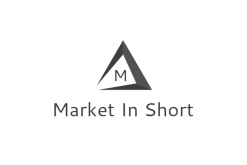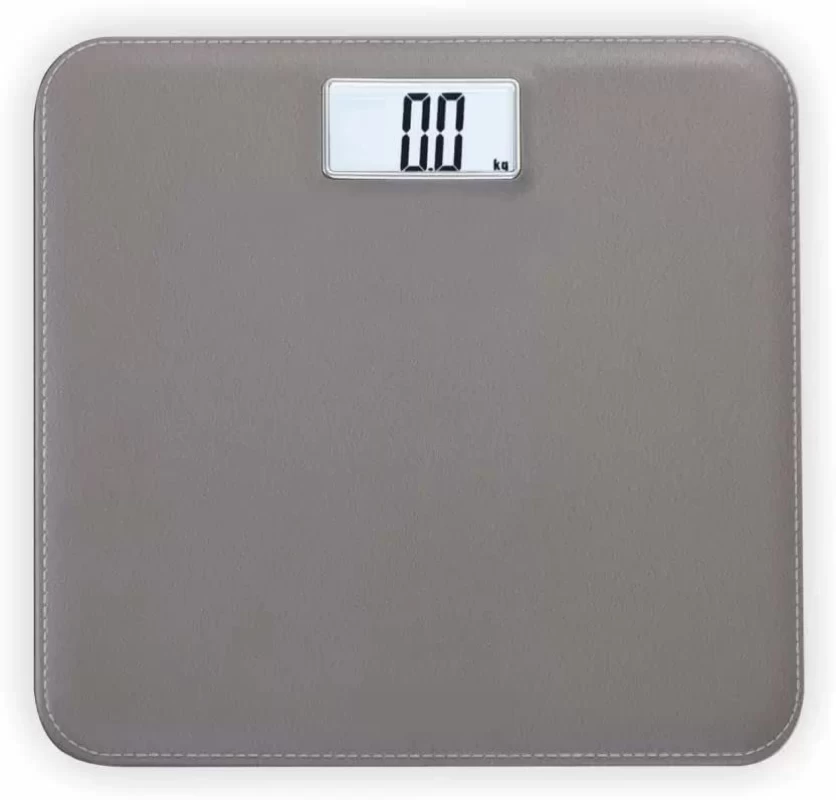Allied Market Research published a report, titled, “Anti-Blue Ray Myopia Lenses Market by Type (Single, Bifocal, Trifocal, Others), by Distribution Channel (Retail Stores, Hospital and Clinics, E-Commerce Platforms): Global Opportunity Analysis and Industry Forecast, 2021-2030.” According to the report, the global anti-blue ray myopia lenses industry was estimated at $2.28 billion in 2021, and is anticipated to hit $5.36 billion by 2030, registering a CAGR of 7.6% from 2022 to 2030. The report offers an explicit analysis of the changing market trends, top segments, key investment pockets, value chain, competitive scenario, and regional landscape.
Drivers, restraints, and opportunities-
Increasing desire to purchase high-quality items for eye protection drives the growth of the global anti-blue ray myopia lenses market. The fact that customers can choose glasses from the comfort of their homes by using the virtual try-on to suit their preferences, wants, and likes have supplemented the market growth even more. On the other hand, due to some chemicals employed in the lens production process, anti-blue ray lenses are discovered to turn yellow over time, which has worked as a restraining factor for the market growth. However, rising trends of online virtual try-on for eyewear and increasing fashion consciousness & living standards among people are expected to create lucrative opportunities in the industry.
Covid-19 scenario-
- Most individuals happened to spend more time on their digital screens, computers, and mobile devices during the lockdown. People were exposed to blue light for extended periods, which negatively impacted the majority of people’s eye health, heightening the demand for anti-blue ray lenses.
- Increased exposure to digital screens, cell phones, and laptops as well as excessive contact with blue lights, which hamper eye health, mostly account for the rise in demand for anti-blue ray lenses throughout the global health crisis.
- Owing to increased screen usage during the pandemic, people had been experiencing problems including dry eyes and eye discomfort from too much exposure to blue light. Because of this, the need for maintaining good eye health increased a sharp incline, thus boosting the market growth.
The single segment to dominate by 2030-
By type, the single segment contributed to nearly half of the global anti-blue ray myopia lenses market share in 2021, and is expected to lead the trail by 2030. The same segment is also expected to exhibit the fastest CAGR of 8.3% from 2021 to 2030. This is attributed to the fact that the majority of people under the age of 40 who need to correct their nearsightedness and farsightedness use single focal lenses across the world.
The retail stores segment to maintain the lion’s share-
Based on distribution channel, the retail stores segment generated nearly three-fifths of the global anti-blue ray myopia lenses market revenue in 2021, and is expected to lead the trail by 2030. This is due to the vast variety of lenses that retail stores offer, ranging from budget-friendly to high-end brands, which is said to be one of the causes influencing people to purchase eyewear or lenses from retail stores. The e-commerce platforms segment, on the other hand, would manifest the fastest CAGR of 9.2% from 2021 to 2030.
Asia-Pacific garnered the major share in 2021-
Based on region, Asia-Pacific held the major share in 2021, generating more than one-fourth of the global anti-blue ray myopia lenses market. This is because myopia is becoming more common among children in Asian nations including China, India, and Japan as a result of more time spent studying or playing video games on screens while using mobile phones. North America, simultaneously, would garner the fastest CAGR of 8.8% by 2030. Higher disposable incomes among people and the presence of top leading brands across the region propel the market growth.
Key players in the industry-
- HOYA GROUP
- ZEISS
- Seiko
- Chemiglas Corp.
- Nikon
- Essilor
- Mingyue Glasses Co., Ltd.
- Shanghai Conant Optics Co., Ltd.
- RODENSTOCK GMBH
- Shamir Optical Industry Ltd.
The report analyzes these key players in the global anti-blue ray myopia lenses market. These players have incorporated various strategies such as expansion, new product launches, partnerships, and others to increase their market penetration and strengthen their position in the industry. The report is helpful in assessing the operating segments, their business performance & product portfolio, and so on.





